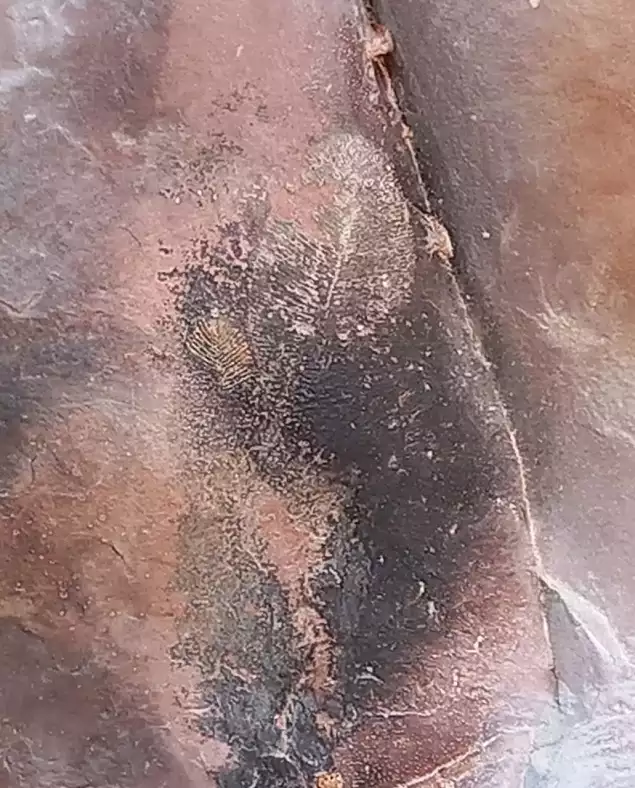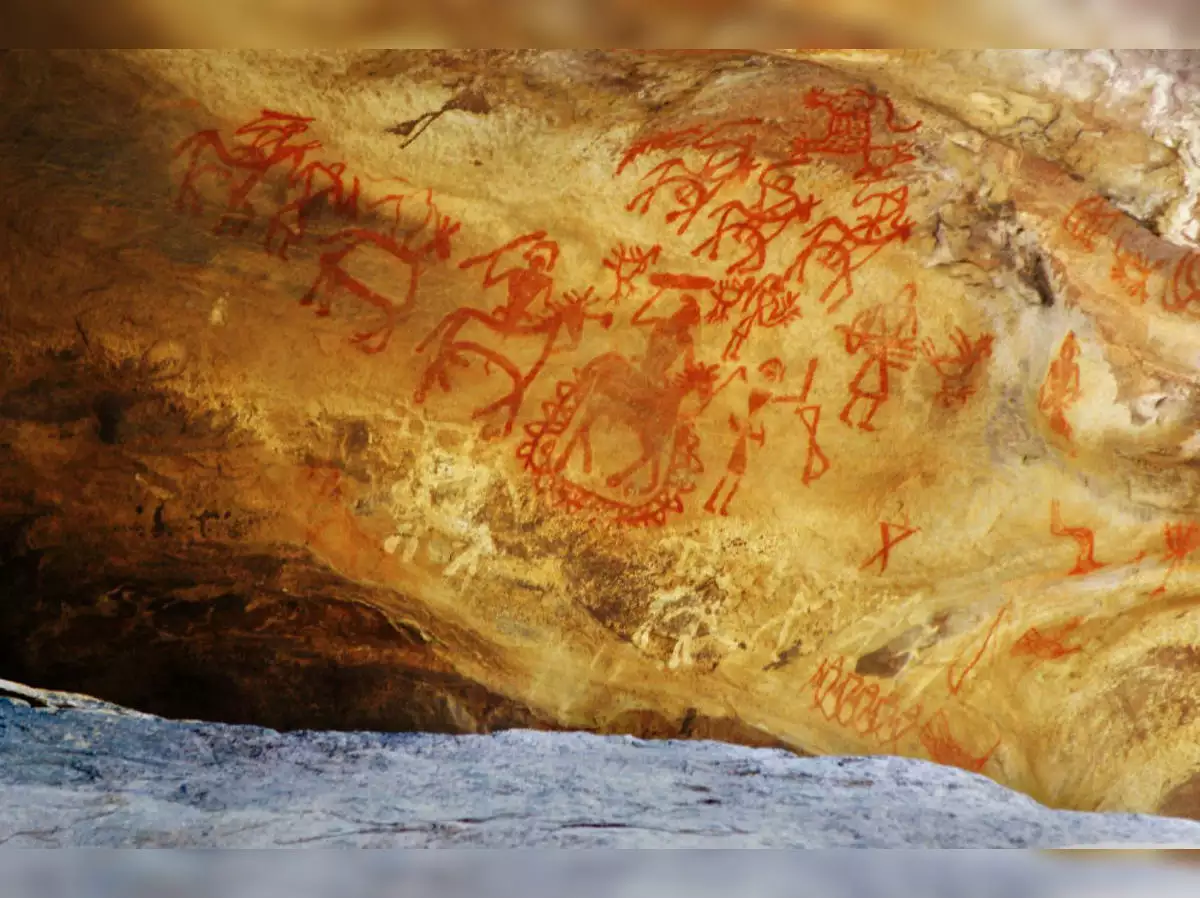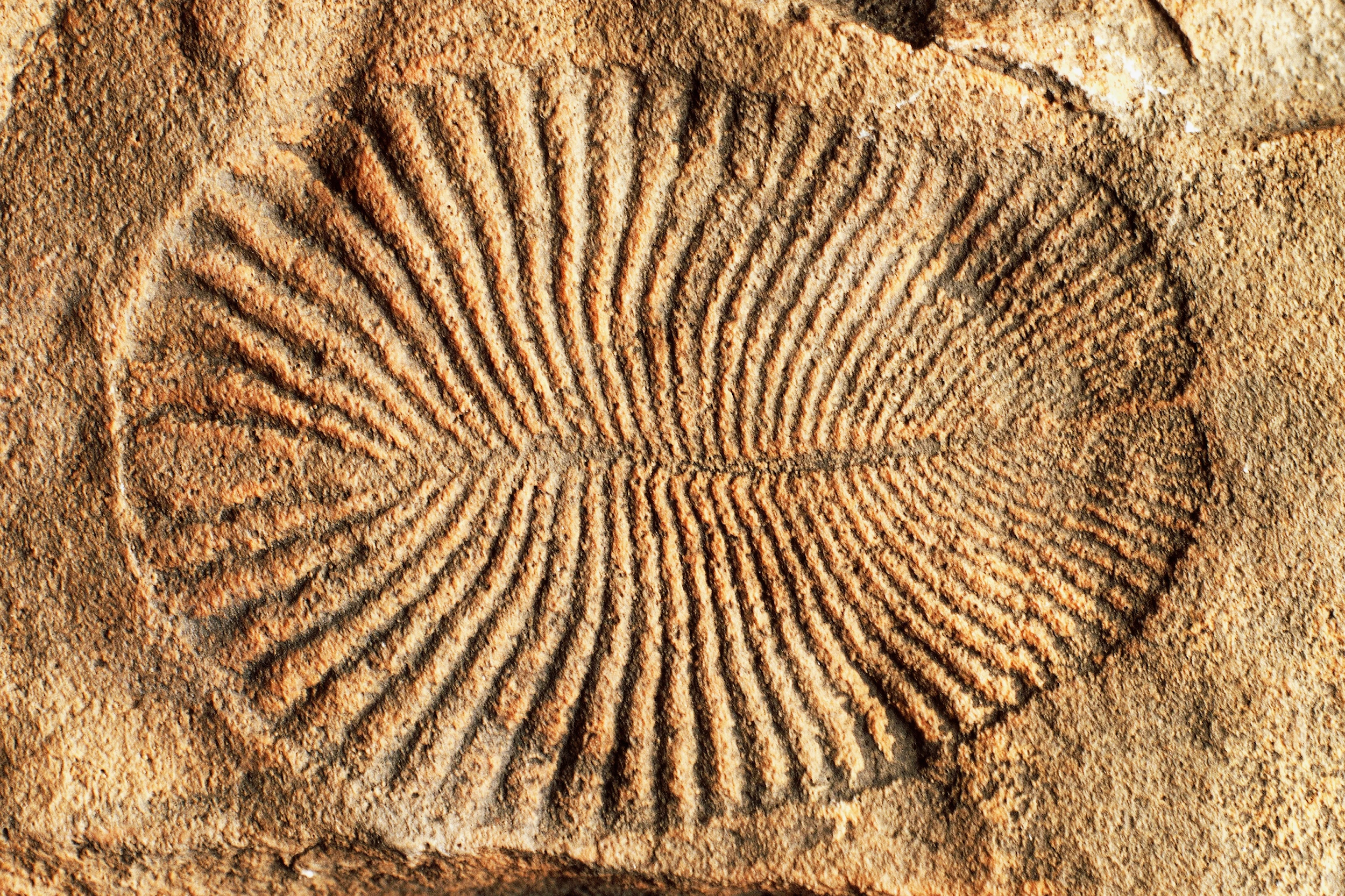
Fossil Discovery in India
In News
Recently, researchers have found the first-ever fossil of a Dickinsonia in India.


About
- The fossils were found on the roof of the Auditorium Cave at Bhimbetka Rock Shelters in Madhya Pradesh.
- They are identical with Dickinsonia tenuis from the Ediacaran Member of the Rawnsley Quartzite in South Australia.
- Dickinsonia fossils found in other parts of the world exceeded 4 feet in length. But the one found in Bhimbetka is 17 inches long.
Relevance
- Dickinsonia’s discovery in India will pave the way for further assessment of biogeographic provinces and also the plate tectonic reconstructions for the late Ediacaran.
|
Dickinsonia
|
Bhimbetka Caves

- Bhimbetka Caves, also known as the Bhimbetka Rock Shelters, is an archaeological site located in the Raisen District of Madhya Pradesh.
- They are in the foothills of the Vindhya Mountains on the southern edge of the central Indian plateau.
- Bhimbetka is also known as Bhima’s Lounge (Bhima was the second of the five Pandava princes in the Hindu epic Mahabharata).
- These caves have been declared a UNESCO world heritage site, owing to their historical significance.
- The rocks are believed to have been a witness to the Paleolithic and Mesolithic periods.
- The Bhimbetka rock shelters are a canvas for some of the oldest paintings in India. Most of these are done in red and white on the cave walls.
- It depicted scenes like singing, dancing, hunting and other common activities of the people staying there.
- The walls of these shelters are also adorned with religious symbols that were popular with these prehistoric artists.
- Some of the rock paintings in the area are very similar to aboriginal rock art found in Australia and the Paleolithic Lascaux cave paintings discovered in France.
Major Other Caves in India
Ellora Caves
- Ellora Caves, Ellora also spelled Elura are the series of 34 magnificent rock-cut temples in the Charanandri hills of western India’s Maharashtra State showcases a spirit of co-existence and religious tolerance through the outstanding architectural activities carried out by the followers of three prominent religions: Buddhism, Brahmanism, and Jainism.
- The Ellora complex was designated a UNESCO World Heritage site in 1983.
Ajanta Caves
- Ajanta Caves,- Ajanta is among the finest examples of some of the earliest Buddhist architecture, cave paintings and sculptures.
- The thirty rock-hewn caves at Ajanta, cut into the scarp of a cliff are either Chaityas (chapels) or Viharas (monasteries
- It is located near Ajanta village, north-central Maharashtra state.
- The first Buddhist cave monuments at Ajanta date from the 2nd and 1st centuries B.C. During the Gupta period (5th and 6th centuries A.D.).
- It was designated a UNESCO World Heritage site in 1983
Badami Caves
- The Badami Cave temples in the Bagalkot district of Karnataka are famous for their unmatched architectural beauty.
- It is essentially a group of four cave temples that were carved out of the local sandstone in the 6th century. The caves are known for the Nagara and Dravidian styles of architecture and exquisite carvings, sculptures and beautiful murals. The temples are dedicated to several deities including Vishnu, Shiva and the Jains.
Elephanta Caves,
- The Elephanta Caves are located in Western India on Elephanta Island (otherwise known as the Island of Gharapuri), which features two hillocks separated by a narrow valley.
- The small island is dotted with numerous ancient archaeological remains that are the sole testimonies to its rich cultural past.
- It is a UNESCO World Heritage Site and the main cave is spread out on Gun Hill, and contains incredible sculptures of Lord Shiva in various postures and in different forms.
Previous article
Major Port Authorities Bill 2020
